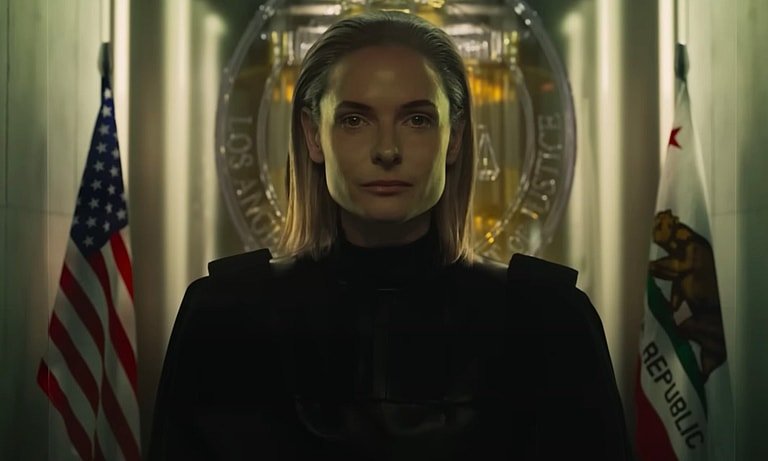Andor
/Andor’s trailer definitely diverges sonically from previous Star Wars fare; not only does it follow from the recently concluded Obi-Wan Kenobi series, but it also tells a story centring on much lesser-known characters. These factors probably contribute to a musical backdrop that almost necessarily deviates from the series’ classic musical themes. While the composer for the series is Nicholas Britell (who composed the much-lauded theme for Succession, among other things), epic music composer Rok Nardin takes the reins for the trailer, using “Quantum Field”, a piece yet to be published.
The trailer opens with a monologue from Cassian Andor (Diego Luna) with an ominous wordless vocal motif above in a female voice, which recurs throughout the trailer. . Its pointed rhythm represents a novel take on the ticking clock cliché we have being noting since the _Dunkirk _trailer. The next segment at 0:45 introduced a semitone melodic motif in the piano, undergirded by bass notes that provide a tenuous sense of tonality at best. At 0:51 we get our first synch point, with the front of the building falling on the downbeat. At 0:57 we get a blackout, and the reveal that the second monologue was really an audio bridge, with the character speaking now on screen.
This leads to the second half of the trailer, with the release date unveiled (September 21) and a marked shift in instrumentation despite the continuing vocal motif. This time, a blaring synth picks up the aforementioned semitone motif, using a hazy glissando as it oscillates between the two notes. Notice at 1:08 the unexpected major key shift downward when Saw Gerrera’s line arrive (“for the greater good”), as if to underscore the heroic nature of the rebellion. At 1:12 the vocal motif comes back for a brief moment; at 1:16 the full arrangement comes back, this time with a new stepwise embellishing melody by the piano, in the upper register. The shift to the parallel major key that occurred earlier comes back twice, as we see mounting courage on the part of the rebellion to act against the empire.
At two minutes in, we get a prolonged cadence alongside the line “this is what revolution looks like” and a final action montage. (It may be coincidental, but the addition of one more synth sound to the end sounds not unlike the iconic scream of a TIE fighter flying by—with the sound presaging exactly that image.) The gradually rising pitch and driving rhythm under the montage are to be expected, but Nardin thankfully avoids the cliché of the penultimate triplet rhythm. After this seemingly endless cadence, the trailer ends with one more refrain of the rhythmic wordless vocal.
The Star Wars franchise is at an interesting place now in terms of managing the very real possibility of nostalgia fatigue and balancing world-building while retaining a semblance of the aesthetic that garnered its fandom in the first place. By steering well clear of the classic John Williams themes entirely—and delivering more than adequate (memorable, even) melodic and harmonic ideas in its stead—it’s clear the focus here is on the latter.
— Curtis Perry







